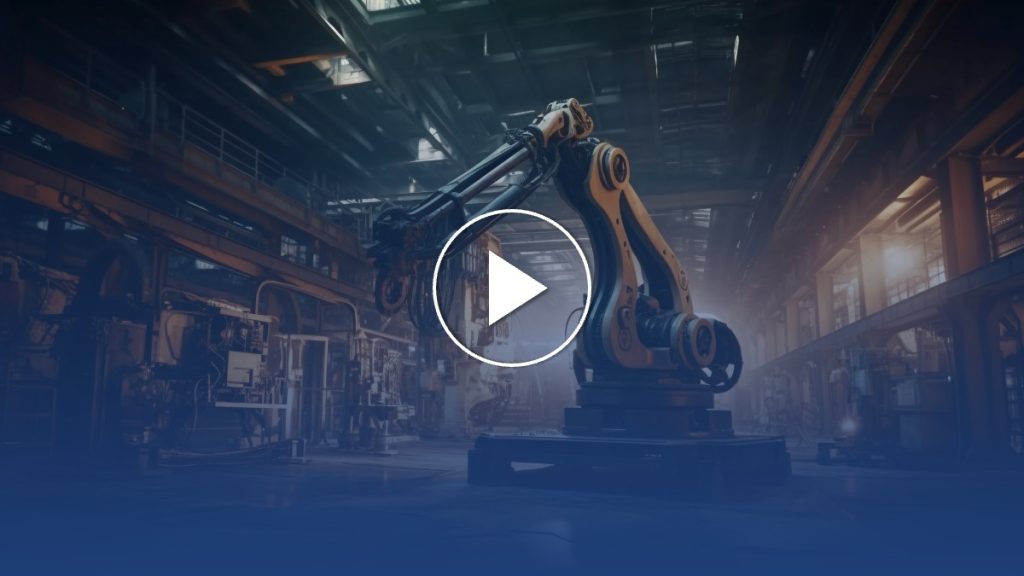Elevating Industrial Robotics: How Wireless Charging is Overcoming Traditional Limitations
At Automate 2024, a key topic under the spotlight is the innovative approach to overcoming one of the industrial robotics industry’s persistent bottlenecks—efficient and reliable charging systems. Companies leading the charge, like WiBotic are setting the stage for the next generation of robotic efficiency with their cutting-edge wireless charging technologies.
Overcoming Charging Challenges
As industrial robotic systems proliferate across warehouses and manufacturing environments, their long-term viability heavily relies on the effectiveness of their charging processes. Traditional charging systems, which often require physical connections, pose limitations and risks, including wear and tear from repeated docking, resistance build-up, and potential hazards like fires from faulty connectors. WiBotic is addressing these challenges head-on by introducing wireless charging solutions that ensure reliability across entire fleets of robots.
Wireless Charging: The Seamless Solution
Ben Waters, CEO of WiBotic explains that their wireless charging involves no physical connections. Robots simply drive up to a charging station where power is transferred across an air gap, eliminating the need for contact and reducing the physical strain on the robot. This method not only enhances the durability of robotic components but also streamlines the docking process, making it smoother and more efficient.
Demonstrating Innovation at Automate 2024
At their booth, WiBotic showcased several demonstrations of their technology. One striking example includes a robot navigating to a wall-mounted charging dock, engaging in a seamless charging process without any physical connection. This setup not only highlights the practical application of their technology but also its adaptability to different industrial designs and setups.
Intelligent Management Through Software
Beyond hardware, WiBotic enhances fleet management through a sophisticated software platform. This system provides a visual interface displayed on a map, showing the status of various charging stations. It functions as a cloud-based API, allowing operators to remotely monitor the status of each charger and view detailed histories of charge cycles. This capability is crucial for maintaining battery warranties and ensuring optimal operational conditions across the fleet.
Versatility in Battery Compatibility
One of the standout features of the WiBotic system is its flexibility in charging different types of batteries, from lead acid to lithium-ion and newer technologies like lithium titanate. The charging function is fully programmable, ensuring that each battery type is charged in the most efficient manner possible, thus extending the battery’s lifespan and enhancing the overall sustainability of the fleet.
Retrofitting and OEM Integration
WiBotic offers solutions for both new robot manufacturers (OEMs) and existing fleets. They provide aftermarket kits that can be installed on existing robotic equipment, demonstrating the versatility and adaptability of their technology to meet diverse industrial needs.
The Future of Industrial Robotics
The integration of advanced wireless charging technology by companies like WiBotic marks a significant leap forward in industrial automation. As robots become more integral to industrial operations, the necessity for efficient, reliable, and safe charging solutions becomes increasingly critical. WiBotic’s innovative approach not only addresses current challenges but also sets the groundwork for the future of robotics, where efficiency and safety are paramount.
The interview was recorded by Greg Orloff from IIoT World during the Automate 2024 show in Chicago. This summary was created based on the video transcript with the assistance of https://chat.openai.com. It was edited by the IIoT World team.
